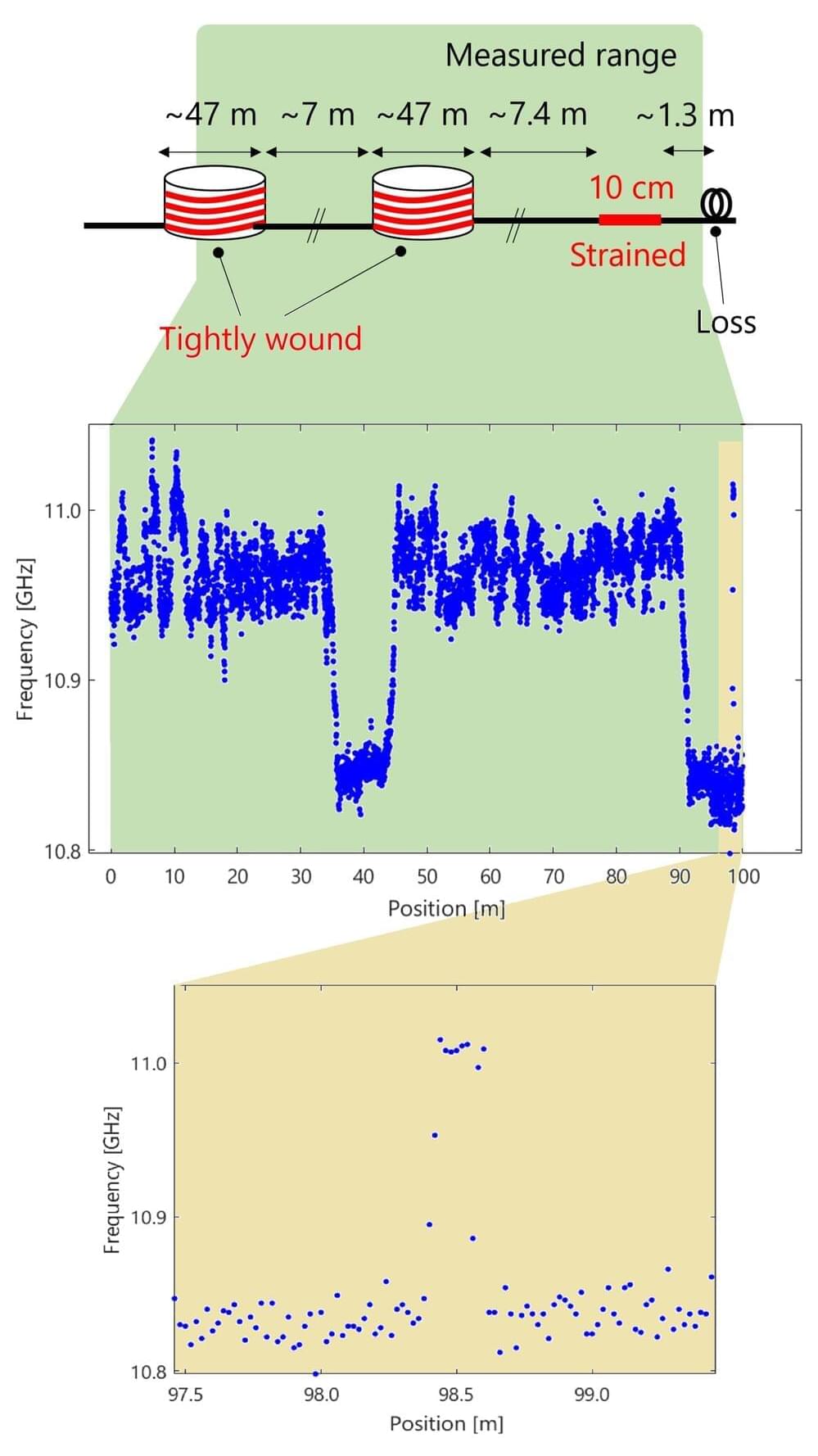Their research is published in the Journal of Lightwave Technology.
“We tackled the persistent issue of balancing spatial resolution and measurement range in our original fiber-optic distributed strain sensing technique called BOCDR,” said Associate Professor Yosuke Mizuno of Yokohama National University. “Our purpose was to develop a more efficient system that overcomes this trade-off without relying on complex components like variable delay lines.”
The conventional BOCDR technique offers advantages such as operation with light injection from one end of the sensing fiber, relatively high spatial resolution, and random-access capability to sensing points. However, it also faces trade-offs between spatial resolution and measurement range. Previous efforts to mitigate this issue have included special schemes, such as temporal gating, double modulation, and chirp modulation.










Leave a reply